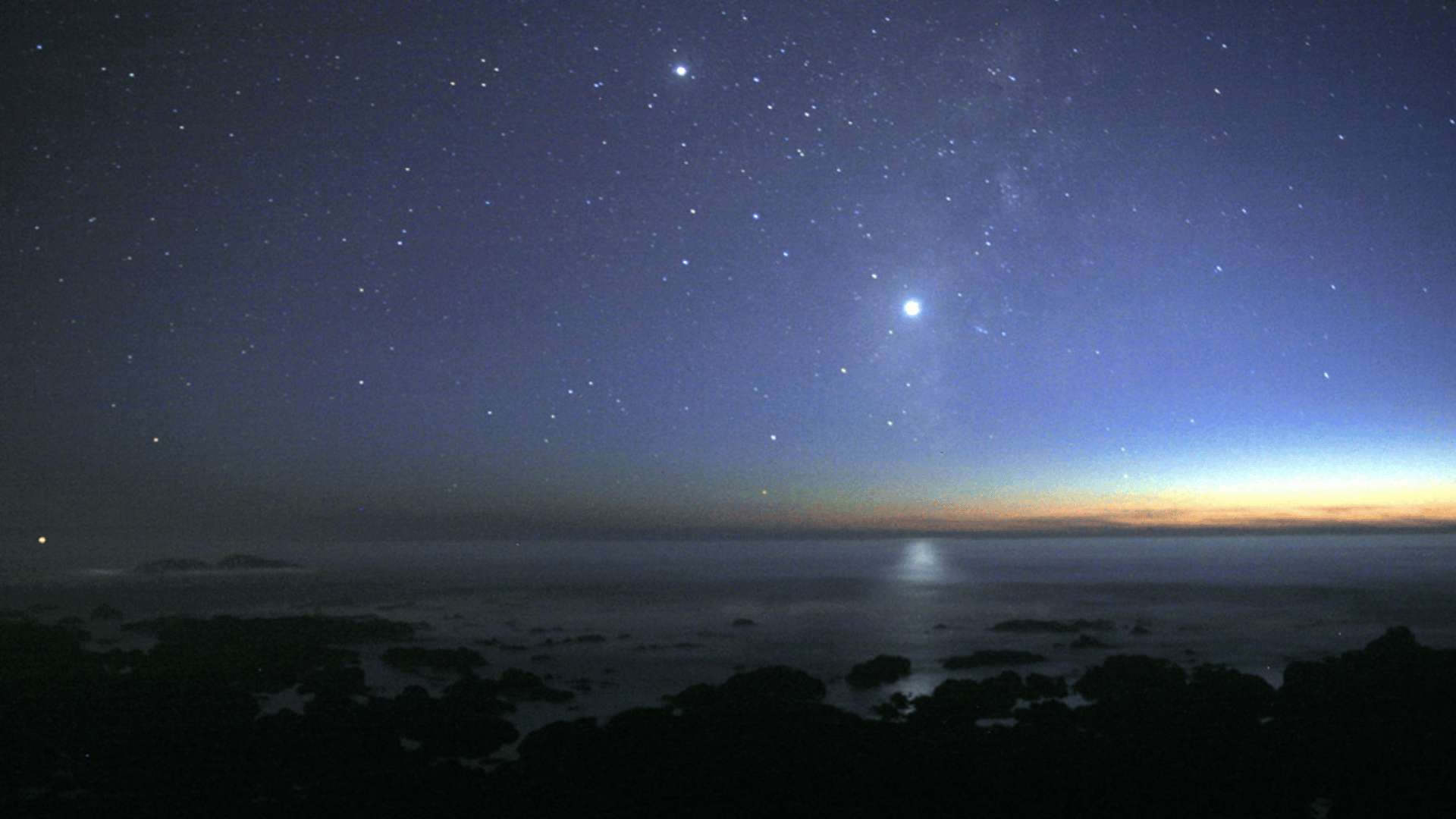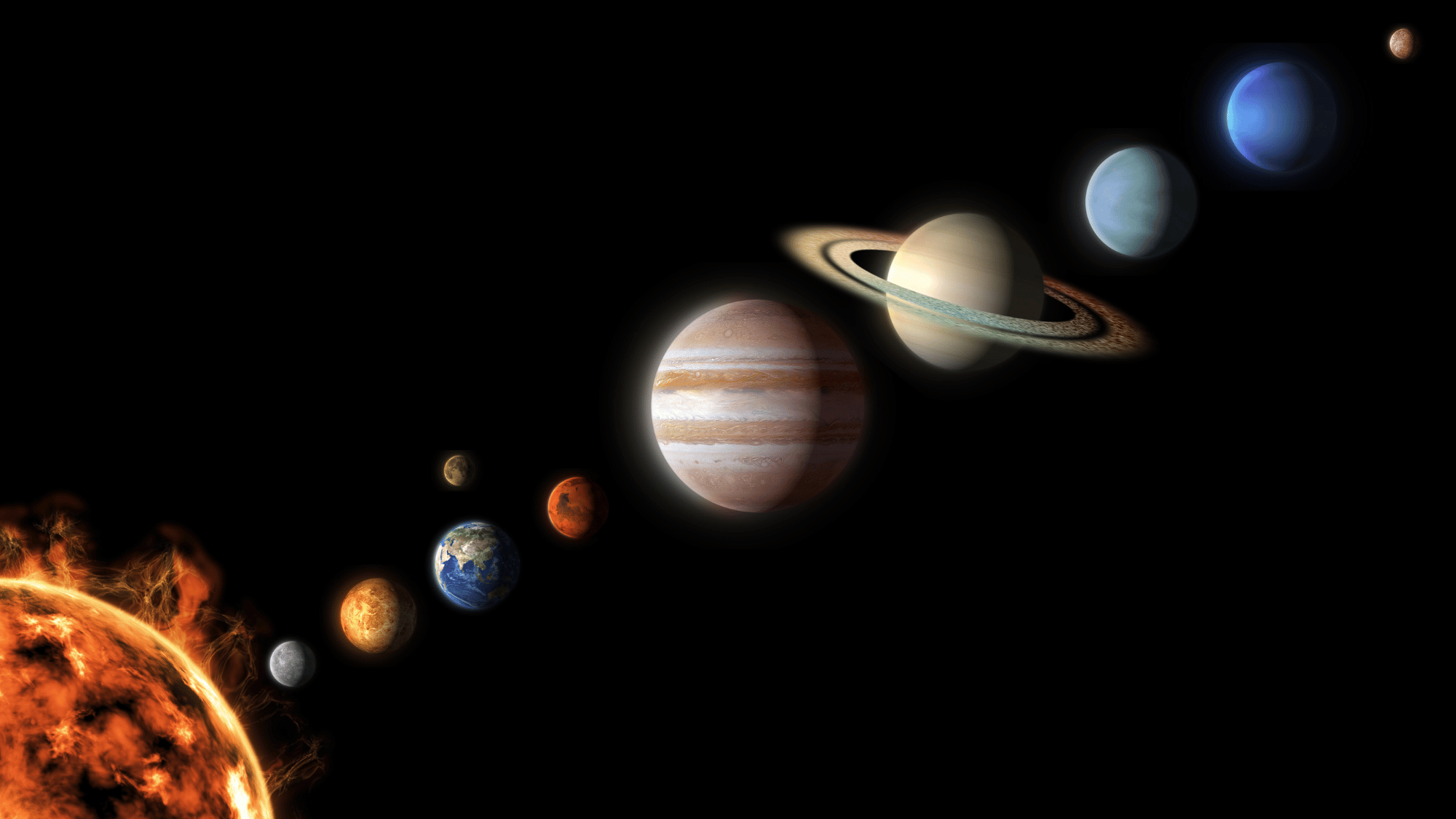Ever think about why that brilliant point of light appears in the sky, attracting early risers worldwide? Venus shines brighter than any star or planet visible from Earth, earning its nickname as the morning star.
Venus, as the morning star, offers opportunities to learn about its unique position, dense atmosphere, and reflective cloud cover.
Even if you’re an amateur stargazer or simply curious about astronomy, finding Venus’ secrets reveals why this neighboring planet commands such attention.
Let’s find the science behind this spectacular sky show that greets dawn observers regularly throughout the year.
Why is Venus Referred to as the Morning Star?
Venus earns the title morning star when it appears in the eastern sky before sunrise, shining brilliantly during dawn hours for several months at a time.
Ancient observers noticed this bright object rising ahead of the sun and mistakenly believed it was a star rather than a planet due to its steady, intense glow.
The planet’s orbit positions it closer to the sun than Earth, meaning Venus only appears during twilight hours, either before sunrise or after sunset, depending on its orbital position.
When Venus morning star, rises before dawn, it outshines every other celestial object except the sun and moon, making it impossible to miss in the early morning sky.
This planet is also named the evening star when visible after sunset in the sky. This confused astronomers, who thought these were two separate bodies rather than the one planet.
Features and Characteristics of Venus

Image Source: Wikipedia, the free encyclopedia
Venus possesses unique atmospheric, geological, and orbital properties that distinguish it from all other planets in our solar system.
1. Extreme Surface Temperature
Venus has the hottest surface temperature of any planet in our solar system, reaching a scorching 900 degrees Fahrenheit (475 degrees Celsius).
This extreme heat results from a runaway greenhouse effect, in which the planet’s thick carbon dioxide atmosphere traps solar radiation efficiently.
The temperature remains constant across the entire planet, from the equator to the poles, day and night, because the dense atmospheric blanket evenly distributes heat.
2. Dense Cloud Cover
Thick sulfuric acid clouds completely shroud Venus’s surface, reflecting about 70 percent of incoming sunlight back into space brilliantly.
These reflective clouds make Venus morning star, appear so bright in Earth’s sky, outshining every other planet and star visible.
The cloud layer extends from 30 to 40 miles above the surface, completely obscuring any view of the ground below from space.
3. Crushing Atmospheric Pressure
The atmospheric pressure on Venus’s surface equals the pressure at 3,000 feet deep in Earth’s oceans, about 90 times the sea-level pressure on our planet.
This immense pressure would instantly crush most spacecraft and human-made equipment attempting to land on the surface.
The atmosphere consists of 96 percent carbon dioxide with traces of nitrogen and sulfuric acid, creating a hostile environment.
4. Volcanic Surface Features
Venus’s surface contains more volcanoes than any other planet in our solar system, with over 1,600 major volcanic formations identified through radar mapping.
Some scientists believe volcanic activity may still occur today, though this remains unconfirmed through direct observation or measurement.
Massive lava flows cover vast regions of the planet, creating smooth plains interrupted by volcanic mountains and calderas.
5. Lack of Magnetic Field
Earth and Venus possess no magnetic field to protect its atmospheres from solar wind bombardment, stripping away atmospheric particles gradually.
The lack of a magnetic field relates to Venus’s extremely slow rotation, preventing the formation of a protective magnetic dynamo.
Without this shield, the solar wind interacts directly with the upper atmosphere, creating complex electrical phenomena.
6. Similar Size to Earth
Venus measures nearly identical to Earth in size, with a diameter of 7,521 miles compared to Earth’s 7,926 miles, making them sister planets physically.
The mass and gravity of Venus also closely match Earth’s, with surface gravity measuring about 90 percent of what we experience here.
Despite these physical similarities, Venus’s environment differs dramatically from Earth’s habitable conditions, making it a cautionary tale about the effects of greenhouse gases.
How to Locate Venus in the Solar System

Venus occupies the second orbital position from the Sun in our solar system, situated between Mercury and Earth at an average distance of 67 million miles.
This inner terrestrial planet orbits within Earth’s path, classifying it as an inferior planet that never appears far from the Sun in our sky.
Venus maintains a nearly circular orbit with minimal eccentricity of 0.007, completing one revolution around the Sun every 225 Earth days.
Its orbital plane tilts just 3.4 degrees relative to Earth’s ecliptic. Venus’s proximity to Earth, ranging from 38 to 261 million kilometers, makes it our closest planet during inferior phases.
Can You See Venus with the Naked Eye?
It is easily visible without any optical equipment. The planet appears as a bright white point of light that doesn’t twinkle like stars do, maintaining steady brilliance throughout viewing.
Venus becomes visible about 30 minutes before sunrise, when appearing as the Venus morning star, or 30 minutes after sunset, as the evening star, during twilight hours.
City lights and light pollution cannot diminish Venus’s brightness, allowing urban dwellers to spot it just as easily as rural observers.
The planet remains visible for several hours during darker months, though it never appears overhead at midnight like outer planets can.
Telescopic View of Venus

Image Source: Reddit
Through telescopes, Venus reveals phases similar to those of our moon, changing from crescent to gibbous as it orbits the sun from Earth’s perspective.
Italian astronomer Galileo Galilei first observed these phases in 1610, providing crucial evidence supporting the heliocentric model of the solar system.
The planet appears brightest when in crescent phase because it’s closest to Earth, though the thinner crescent shape means less of its surface reflects sunlight.
Professional observatories occasionally capture details of atmospheric dynamics and cloud movements, helping scientists better understand Venus’s complex weather systems.
Venus’s Orbit and Rotation
Venus’s unique orbital path and backward rotation make it one of the solar system’s most fascinating planetary oddities.
| Characteristic | Measurement | Comparison |
|---|---|---|
| Orbital Period | 225 Earth days | Venus completes one orbit around the sun in less than an Earth year. |
| Rotation Period | 243 Earth days | One Venus day is longer than one Venus year, creating unusual time cycles. |
| Rotation Direction | Retrograde (clockwise) | Venus rotates opposite to most planets, including Earth, making it unique. |
| Orbital Distance | 67 million miles average | Venus orbits closer to the sun than Earth at 93 million miles on average. |
| Orbital Speed | 78,341 mph | Venus travels faster than Earth at 67,000 mph, due to its closer solar proximity. |
| Axial Tilt | 177 degrees | Nearly upside-down orientation means minimal seasonal variation on the surface. |
Cultural and Astronomical Significance of Venus Morning Star
Venus, as the morning star, has captivated humanity for millennia. Ancient civilizations observed its brilliant appearance before sunrise, weaving it into their mythology, calendars, and understanding of the cosmos.
- Ancient calendars: Civilizations like the Maya developed precise astronomical tables tracking Venus appearances for agricultural and ceremonial timing.
- Navigation aid: Early travelers and sailors used Venus’s predictable positions for directional orientation before accurate compasses existed widely.
- Planetary naming: Romans named Venus after their goddess of beauty due to the planet’s exceptional brilliance in twilight skies.
- Scientific discoveries: Galileo’s observation of Venus’ phases provided crucial evidence supporting the sun-centered solar system model.
- Space exploration: Modern missions to Venus reveal insights about atmospheric evolution, greenhouse effects, and planetary formation processes throughout history.
Conclusion
Understanding what makes Venus morning star so visible in our sky reveals the fascinating interplay between planetary orbits and atmospheric composition.
This neighboring world demonstrates how similarly sized planets can develop dramatically different environments based on distance from the sun and atmospheric conditions.
Venus serves as both a beautiful celestial sight and an important scientific laboratory for studying planetary evolution and climate dynamics.
Step outside before sunrise this week and locate Venus shining brilliantly in the eastern sky for yourself.


















